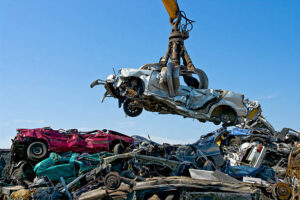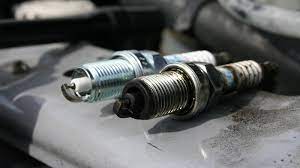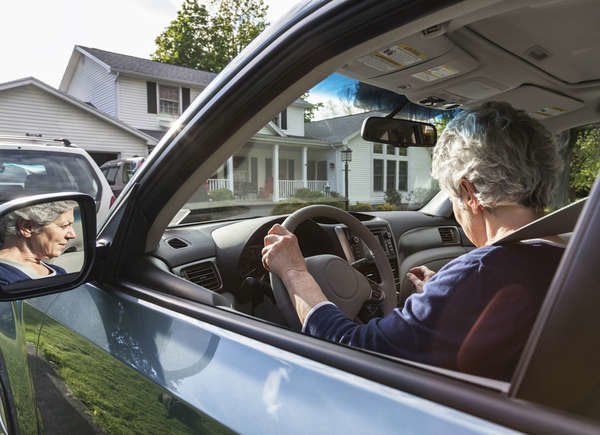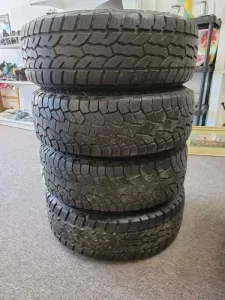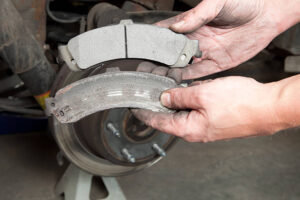
Most of us want to help the environment today by recycling as much as possible. These days, it is easier than ever to recycle; the EPA reported in 2017 that Americans generated 267.8 million tons of trash and recycled/composted 94 million tons.
Americans can recycle more if they put in the effort. This article contains some tips and ideas to help you increase recycling at your school, home, and workplace.
Home Recycling
If you take the time to set up a complete recycling system, it is easy to recycle more at home. You need to have places for your recyclable materials inside the house. The recycling container should be kept next to the trash can to remind people to recycle as much as they can.
Flatten cardboard boxes to make it easier to fit more recyclables in your bin.
You can also recycle newspapers at home. You can also recycle envelopes, birthday cards, wrapping paper, and phone books. You can recycle all types of cardboard, including toilet paper and paper towel tubes.
Many metallic items can be recycled in the home, including empty spray cans, tin foil and all empty soda, fruit and vegetable cans.
You can keep a shelf in your pantry so you can recycle while you’re cooking or cleaning. This will make it much easier to place the recyclables in the right place.
Drop off any items that you haven’t received from your curbside service at your local recycling center when you go out. This will allow you to incorporate recycling into your daily life and teach your children the importance of recycling.
You can always check the website of your refuse provider if you have any questions about what you can recycle. You should have detailed information on what can and cannot be recycled in your container. Many refuse providers offer apps that allow you to check what to recycle and what not.
Glass can be recycled indefinitely. It does not get old after multiple recyclings.
You can help your recycling center by washing out any food scraps before you put them in the recycle bin.
Recycling at School
It is vital that we encourage recycling in schools. It is estimated that up to 80% of school materials can be recycled. Children and young adults can be exposed to recycling and help create a healthier and more sustainable community.
Here’s how to get your school on board with the recycling revolution:
Paper is the most recyclable material in schools. There should be plenty of paper recycling bins in every classroom, office, and eating area.
You can donate school supplies that are left over from the previous year to students in need, or to a local charity.
To reduce food waste, start a composting program at your school cafeteria. Waste compactors are available for cafeterias to reduce the amount of space that food waste and kitchen waste take up.
Containers for metal, paper, and plastic recycling should be available in every cafeteria or eating space.
Schools can easily compact common materials like aluminum, paper, and cardboard into bales that can then be taken away by the recycling company.
School administrations should invest in efficient recycling and waste management equipment. This includes automatic trash compactors, which increase waste management efficiency in high-traffic areas for students.
Special fundraisers to support recycling at your school, such as the sale of custom-made reusable bags.
Make schools paperless. Teachers and students can complete a lot of their work online, via email and electronic documents. This is a far better option than printing many copies. The school’s staff and administration should also be able to make minor adjustments that will allow them to keep more of their curriculum paperless.
Recycling at Workplace
Your workplace is the last place where you can make a significant impact on recycling. Here are some easy ways to increase recycling and reusing at work.
Bring your lunch to work in a reusable container. This will help reduce waste and allow you to spend less money on food. In the US, an average worker spends $37 per day on lunch. This could add up to $2000 a year.
Make your own coffee and bring it to work instead of buying coffee in disposable cups. You can save the environment and your pocketbook.
Office supplies should last longer. To make sure your office supplies last longer, you can use highlighters, pens, and markers less often. Also, keep them in the center of your desk so they don’t get lost. Keep your markers, glue sticks, and highlighters in a dry area. Heat and sun can dry them out.
Precycle office supplies It means that you should think about recycling before you actually use it. You can wrap your mail with old newspaper instead of using bubble wrap. You can use a reusable tape dispenser at work and paper clips to replace staples.
Make your commute more eco-friendly An average commute to work generates 7,000 carbon emissions annually. This can be reduced by walking, cycling or carpooling. A reduction of 10% in driving per year can result in a 1/3 reduction in greenhouse gas emissions for many.
Cut down on your paper consumption Every American office worker uses approximately 10,000 sheets of copy paper annually. This amounts to 4 million tons of paper annually! Print documents only when absolutely necessary. Email is the best way to send office communications and memos. When possible, use both sides of the copy paper.
Recap
These simple and smart tips will help you increase recycling at work, school, and home. Please share your experiences with us in the comments section.
Douglas LoberChief Product Specialist
Doug Lober is the Chief Product Specialist and Co-Founder of ReuseThisBag.com. Lober is an environmentalist who has roots in Southern California’s surf culture. Lober has supported numerous environmental initiatives in the air, water, and land over the past 15 years. Lober continues to support and provide eco-friendly promotional products for Fortune 500, small and medium businesses.





